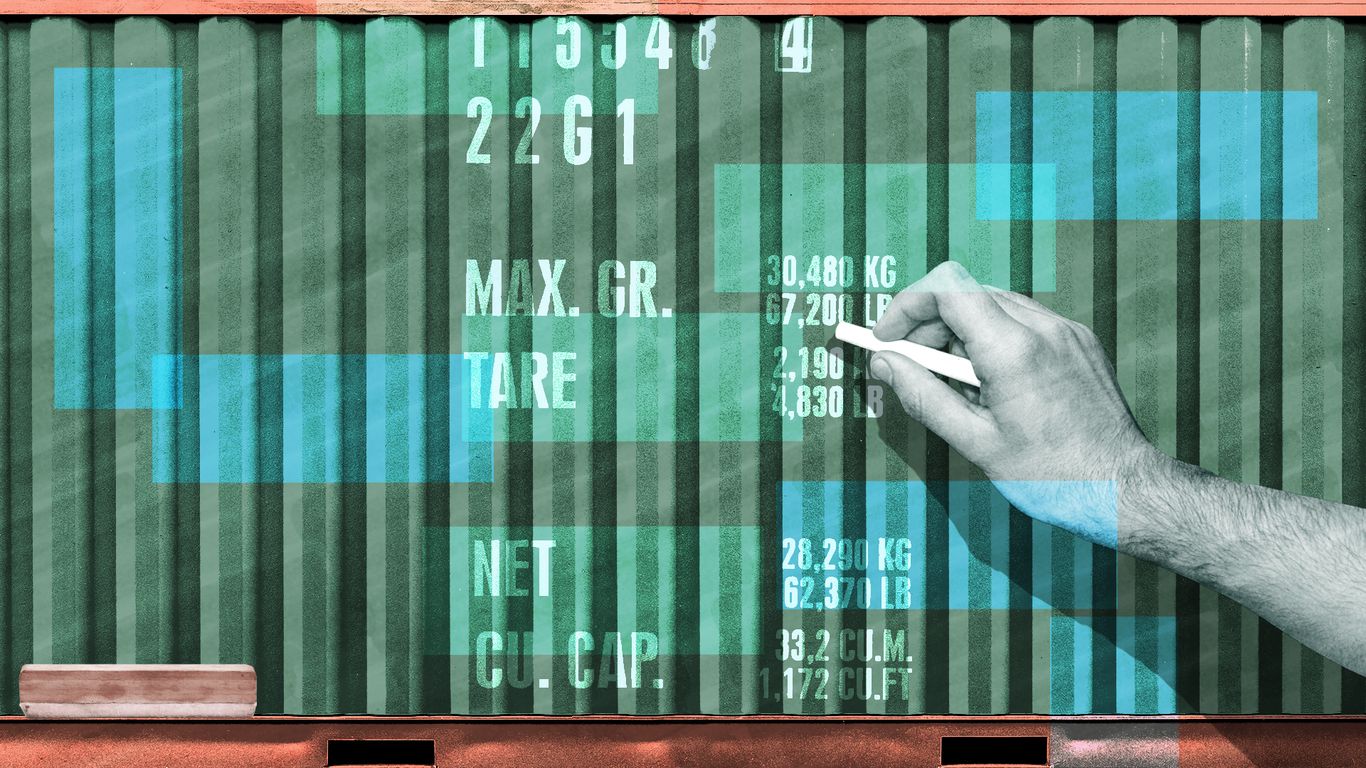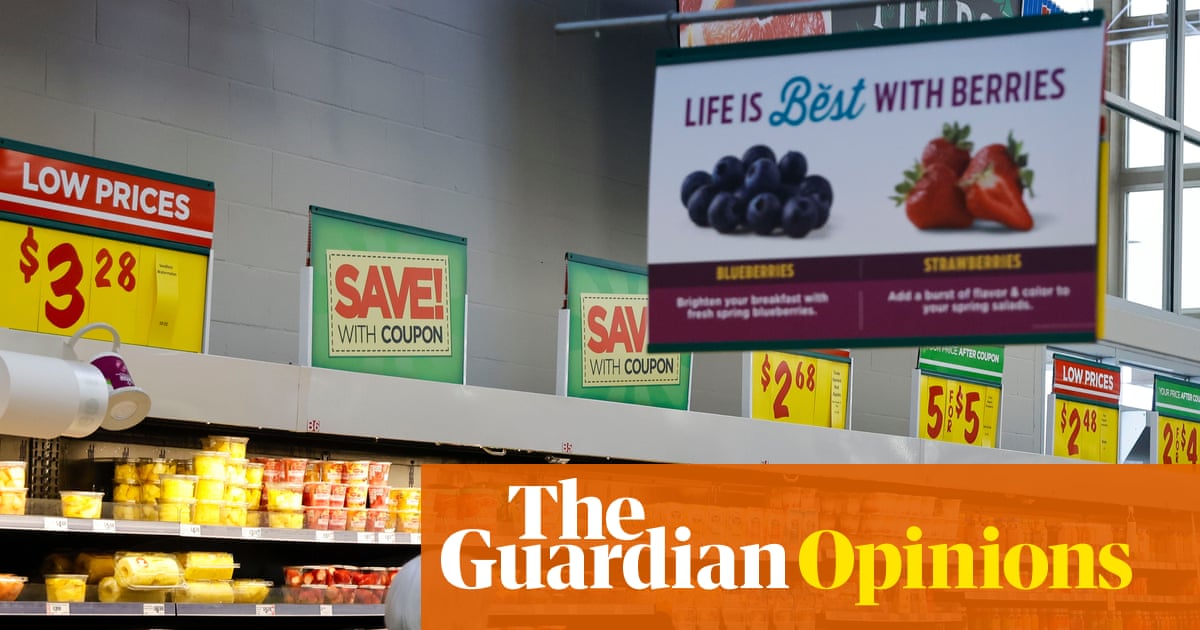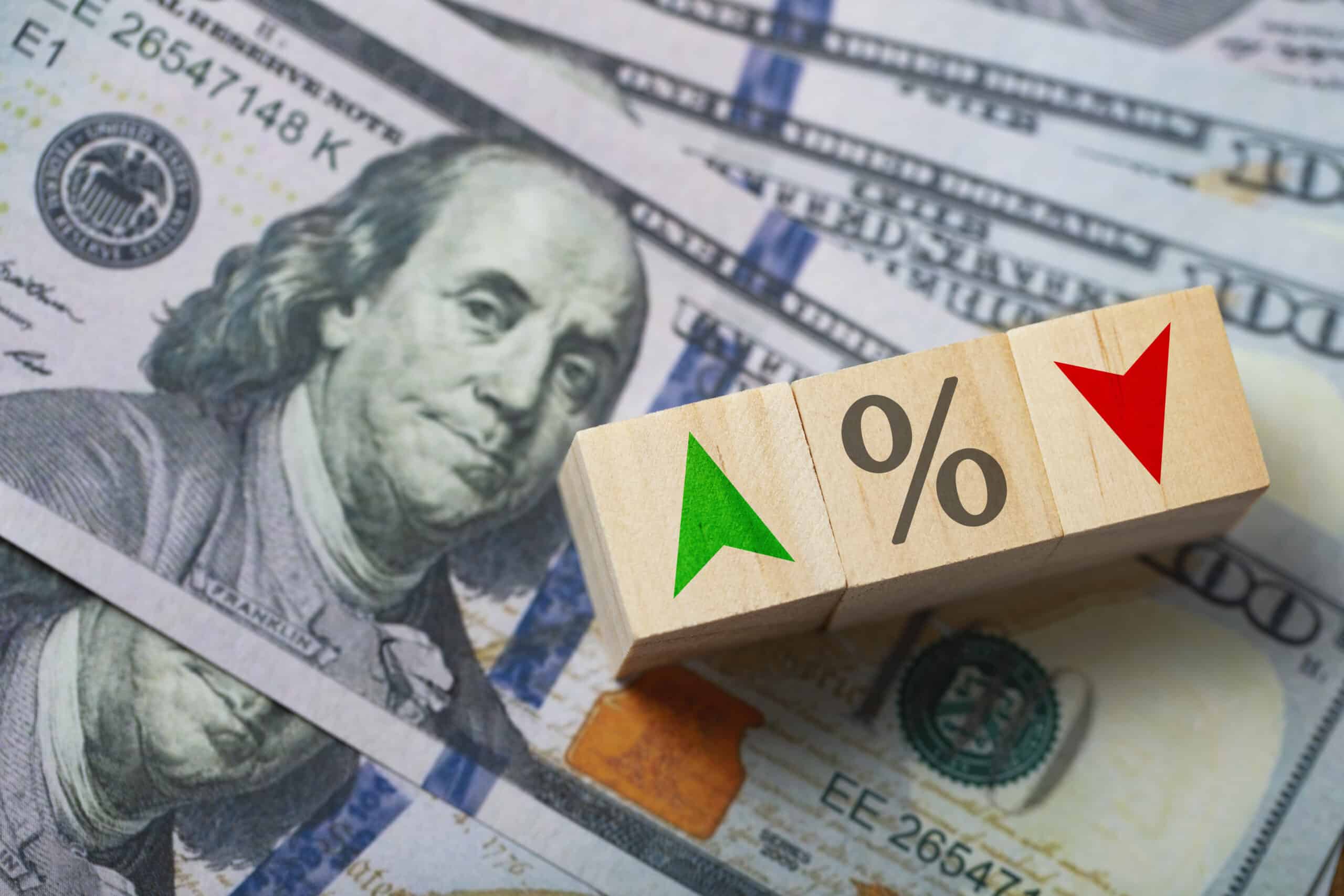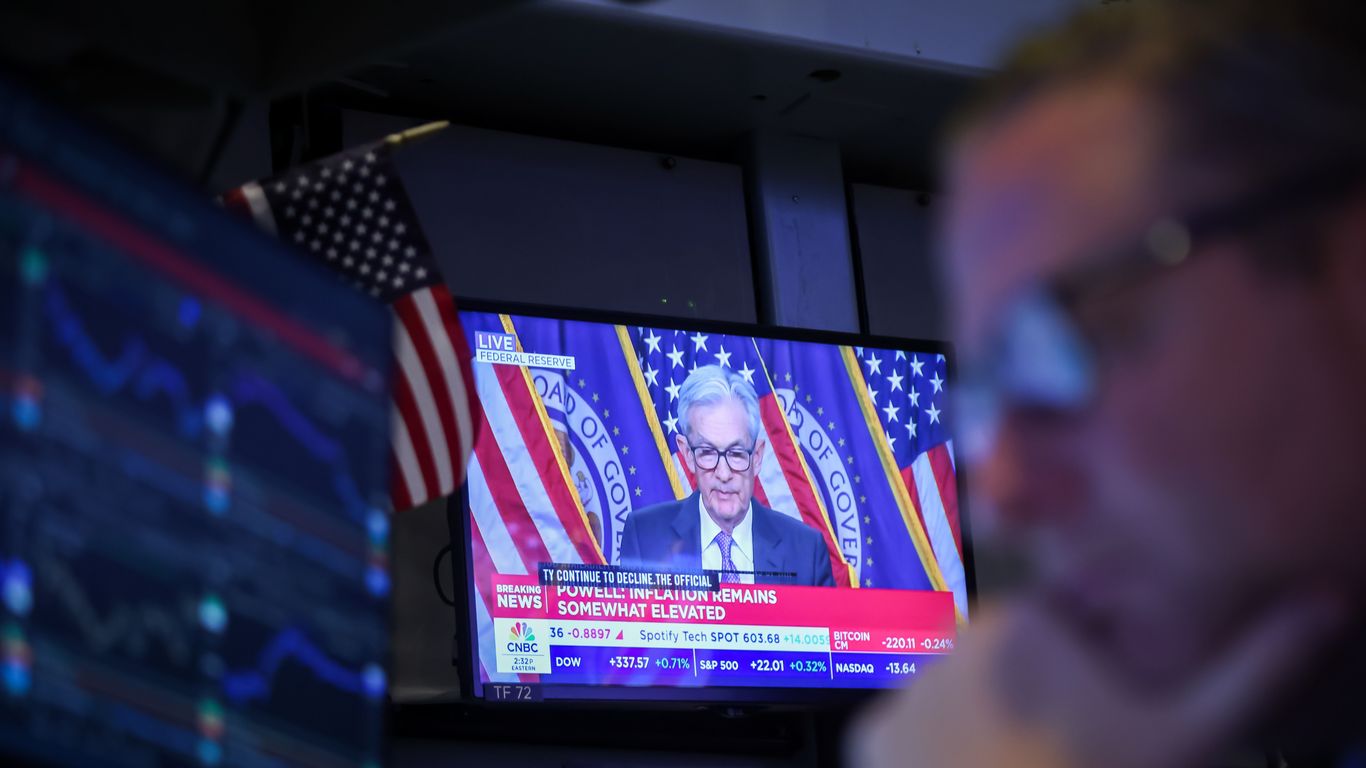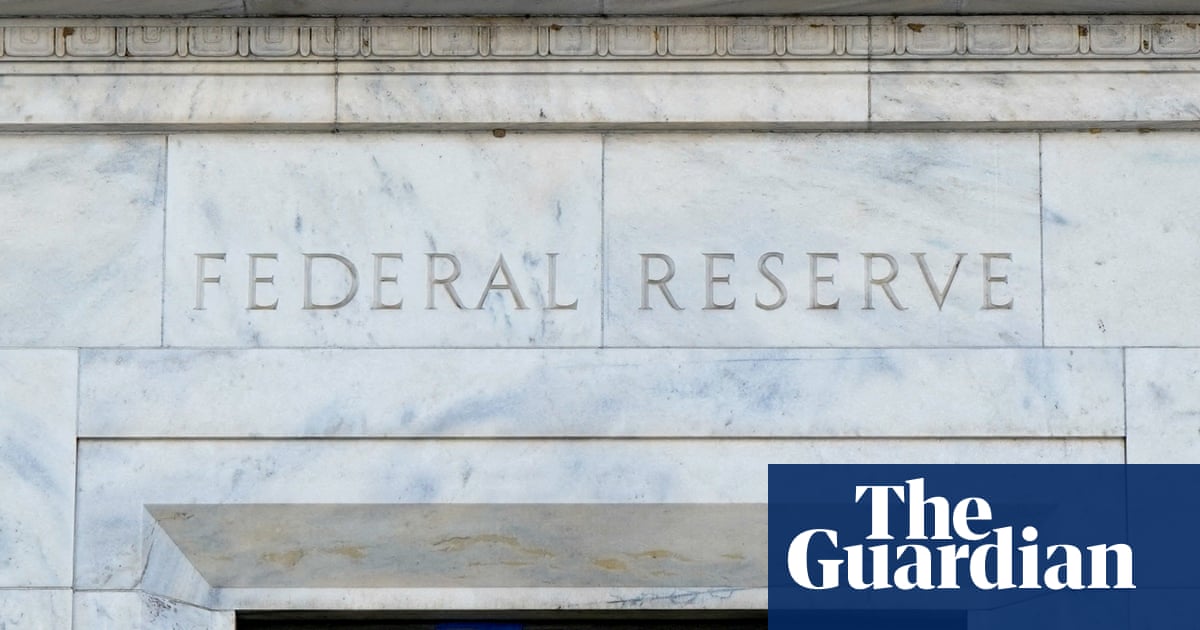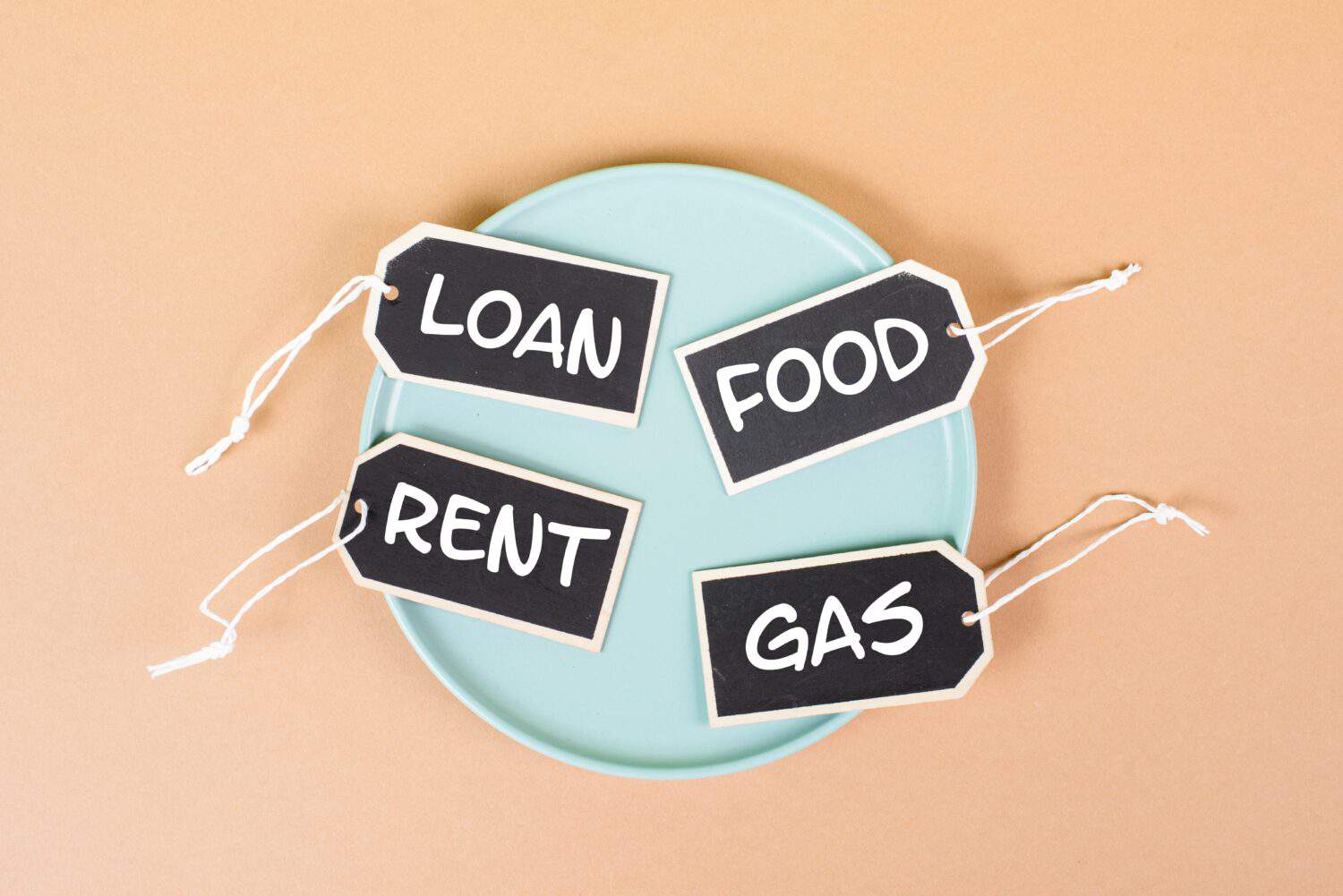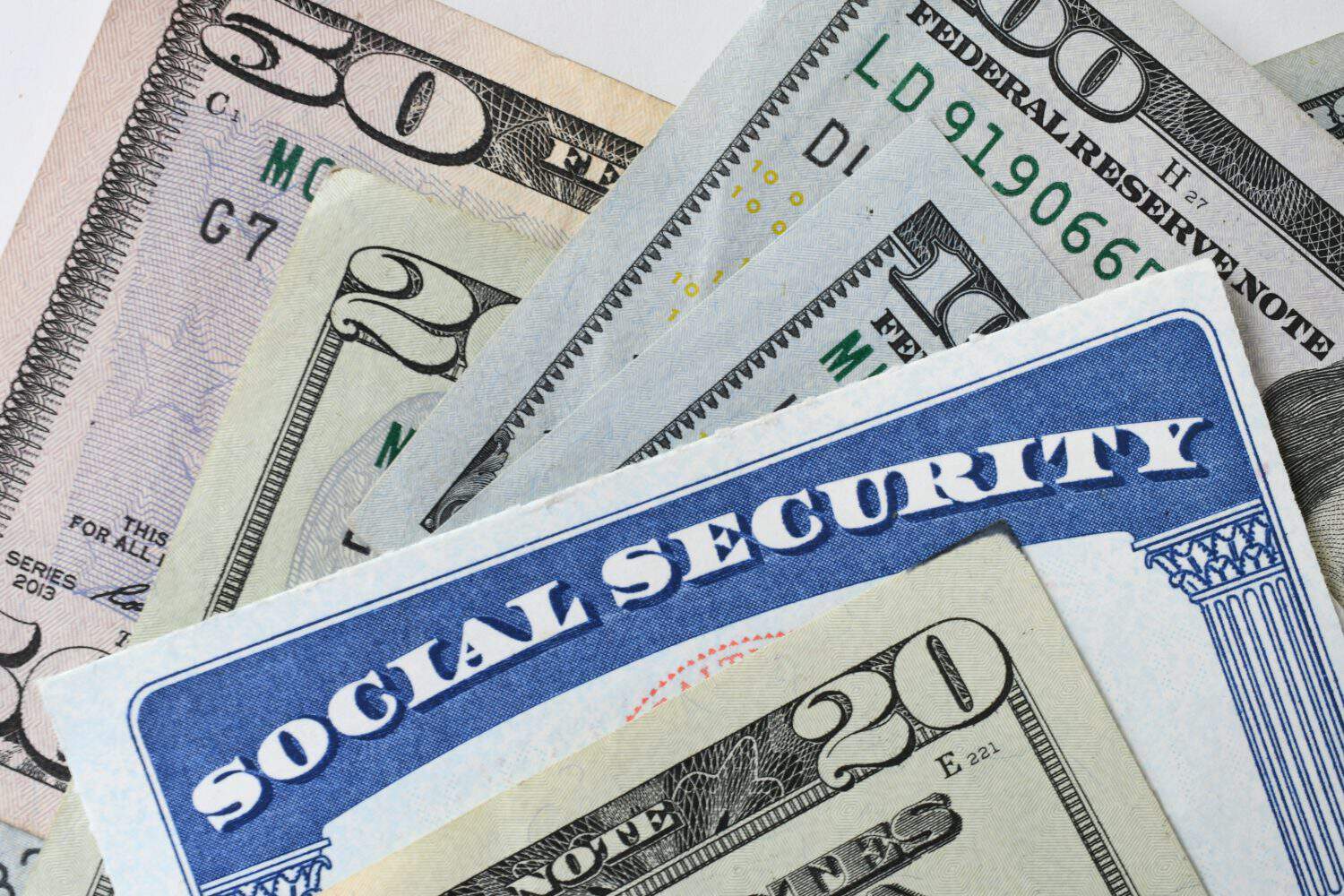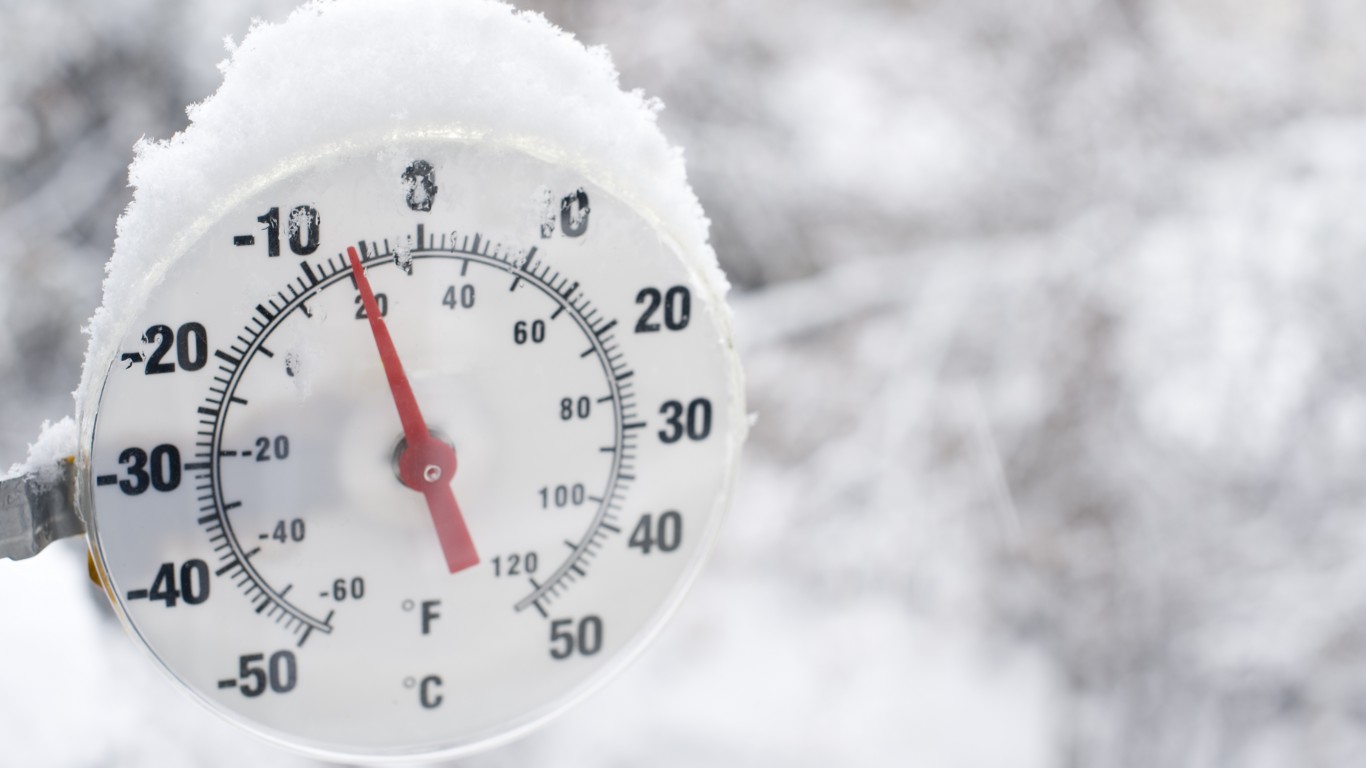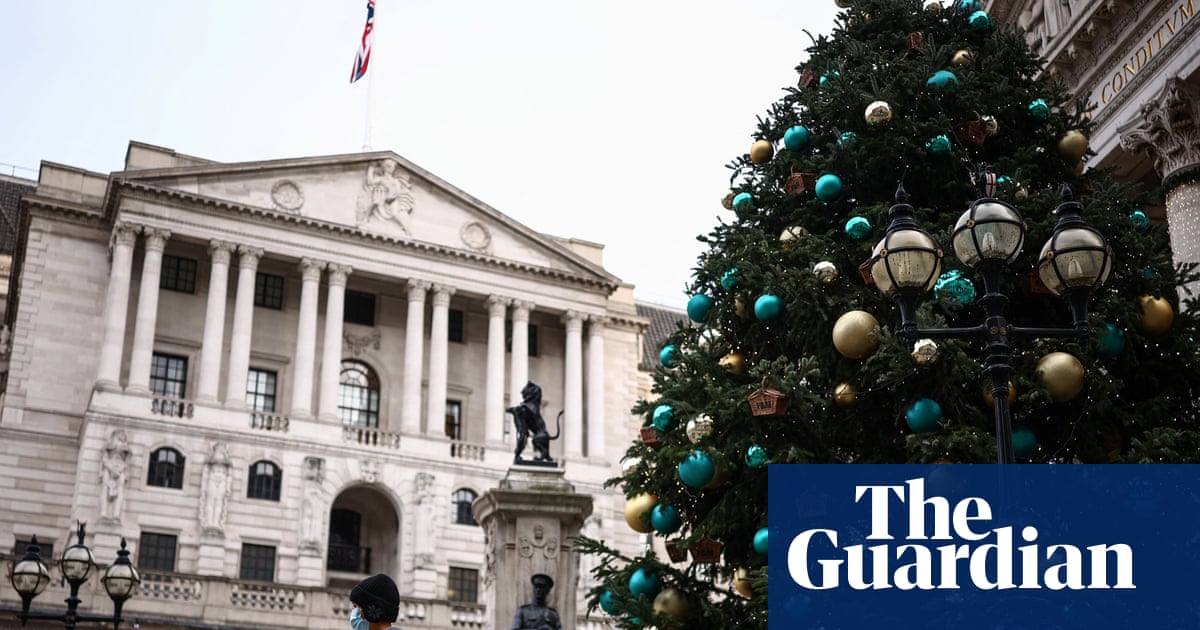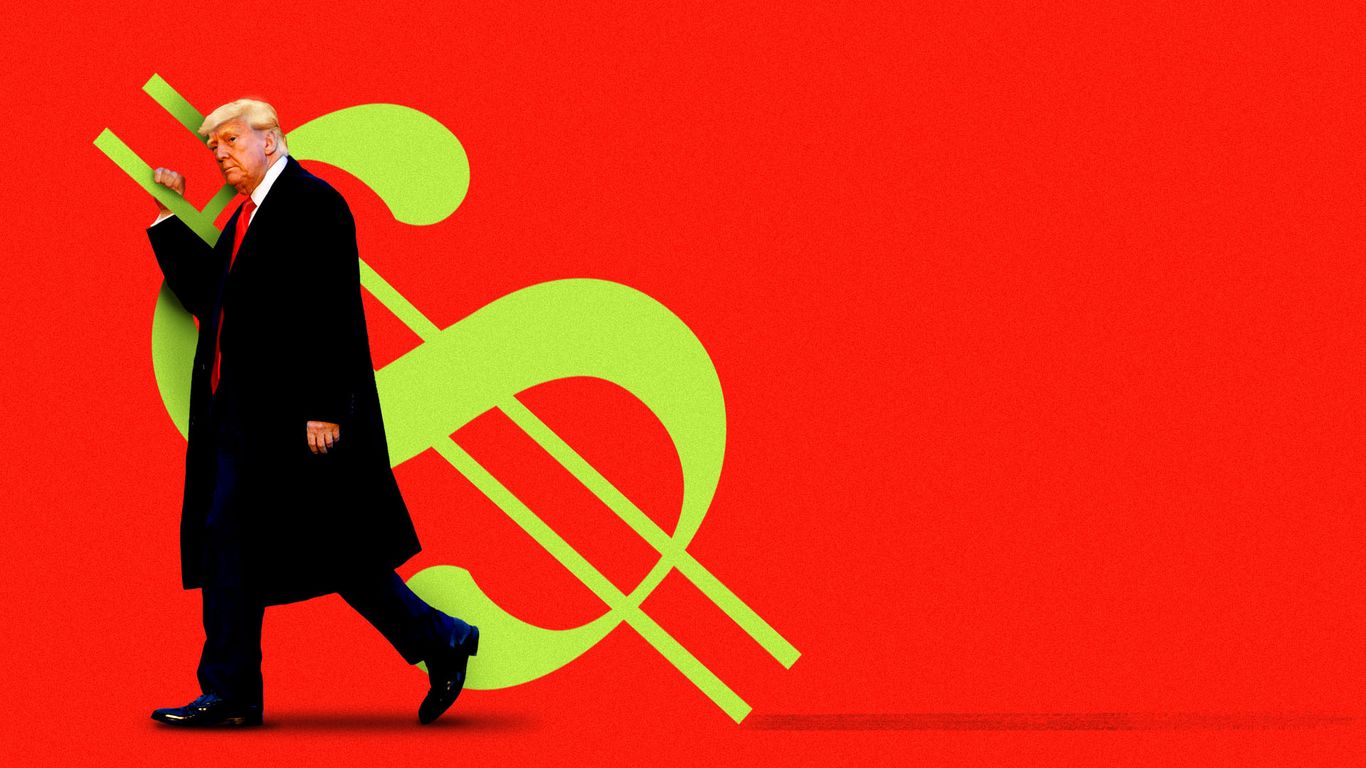#inflation
#inflation
[ follow ]
#tariffs #economy #federal-reserve #interest-rates #monetary-policy #labor-market #unemployment #iran-protests
fromBuzzFeed
1 day agoDear Foodies, Tell Me The Once-Affordable Food Items You Now Believe Are A Luxury In America
The economy is wild in America right now. From inflation to shrinkflation, and of course, we can't forget eggflation. It seems these days, even the once most affordable food items - like the egg, which was previously priced at around $2 for a dozen at my local grocery store, are now $6. I mean, even the dollar menu has disappeared from most fast food joints.
Food & drink
fromGothamist
1 week agoNYC slices now far more expensive than subway fare as 'pizza principle' disappears
As the MTA prepares to increase the transit fare to $3 on Jan. 4, pizza prices across town are substantially higher than the cost to ride the train. The typical price of a plain slice of pizza in New York City now approaches $4, according to a decadelong survey of hundreds of slice joints conducted by this reporter across the city. Pizzamakers and experts who have followed the rising prices point to the COVID-19 pandemic and rising inflation as the cause of the increasing disparity between the price of a subway ride and that of a regular slice of pizza.
New York City
fromwww.npr.org
1 week agoEconomic analyst says consumer spending has been resilient despite uncertainty
Slower job growth. Just look at the November employment report - very soft if you average the last couple of months. But real earnings growth, average hourly earnings growth, up 3.7% on a year-on-year basis. And that helps to weather a little bit of this inflation pressure that we are feeling right now. And I think that's the true storyline.
US news
fromenglish.elpais.com
1 week agoPrices soar and Venezuela's economy struggles under Trump's pressure: People are living day to day'
Everything is very difficult, there's a lot of uncertainty, says Venezuelan taxi driver Jose Luis Ledezma, who works in Caracas. Ledezma has been hit hard by the collapse in trips to Maiquetia airport, his most common route. I used to do six trips a day to the airport. Now, if I do three a week, that's a lot, he explains. I work with people of all ages, from wealthy people to very poor people. I see nervousness.
World news
fromSan Jose Spotlight
1 week agoSilicon Valley grocery prices rank as No. 1 rising cost, residents say - San Jose Spotlight
In response to a survey asking, "Which of the following do you think have increased the most in cost for you over the past year?" groceries and food topped the list at 64%, followed by housing at 50%, utilities at 33%, restaurants and entertainment at 28%, taxes at 25%, health care at 23% and home insurance at 22%. Joint Venture conducted its poll in August, surveying 1,750 residents from Alameda, Contra Costa, Santa Clara, San Francisco and San Mateo counties.
US news
fromwww.mercurynews.com
2 weeks agoConsumer confidence slides in December to lowest level since US tariffs rolled out
Consumers confidence in the economy was shaken in December as Americans grow anxious about high prices and the impact of President Donald Trump's sweeping tariffs. The Conference Board said Tuesday that its consumer confidence index fell 3.8 points to 89.1 in December from November's upwardly revised reading of 92.9. In April, when Trump rolled out his import taxes on U.S. trading partners, the reading was 85.7.
US politics
fromwww.mediaite.com
2 weeks agoTHEY WILL ONLY GET BETTER!' Trump Takes a Victory Lap Over Stunning Economic Growth
AP Photo/Manuel Balce Ceneta President Donald Trump took a victory lap over and credited his tariff-heavy trade policy for the promising economic news announced on Tuesday. According to the Department of Commerce, the economy grew at an annualized rate of 4.3% between July and September, a two-year quarterly high. It also easily outstripped the 3.2% growth rate forecasted by economists polled by The Wall Street Journal, which provided additional context on the data: The data show the economy growing
US politics
fromAxios
2 weeks agoMany Americans don't share Trump's rosy economic vision: poll
Case in point: Ina new CBS News/YouGov poll, 61% of U.S. adultssay President Trump makes prices and inflation sound better than they really are. Trump's approval rating on the economy sat at 37%, just one point higher than a month earlier,in the poll of 2,300 adults. Respondents were more than twice as likely to say Trump's policies, notformer President Biden's, are responsible for the economy.
US politics
fromThe Atlantic
2 weeks agoHow the Grinch Stole Toyotathon
This December, Americans are coming together with their loved ones to celebrate what really matters: Toyotathon. During the holidays, when car companies offer sales to clear out their leftover inventory, "well-qualified buyers" can find some of the year's best deals. You can have yourself a Happy Honda Days, make the most of the Chevy Red Tag Savings Event, or splurge during Lexus December to Remember.
Cars
from24/7 Wall St.
2 weeks ago5 Ultra-Safe Dividend Investments With Higher Yields Than 2026 Social Security COLA
The Social Security Administration announced a 2.8% cost-of-living adjustment (COLA) for 2026, which will benefit approximately 75 million Americans receiving Social Security and Supplemental Security Income payments. This increase translates to an average monthly boost of about $56 for Social Security retirement beneficiaries starting in January 2026, with SSI recipients seeing their increased payments begin on December 31, 2025. The 2026 COLA of 2.8% represents a slight increase from the 2.5% adjustment in 2025, though it remains below the 3.1% average COLA over the past decade.
Business
from24/7 Wall St.
2 weeks agoHere Are Friday's Top Wall Street Analyst Research Calls: Birkenstock, Coreweave, Lockheed Martin, Lyft, Paccar, Stryker, Synaptics, and More
The Consumer Price Index print for November lit a fire under stocks as it came in much lower than expected at 2.7%. However, many on Wall Street were quick to throw cold water on the party, saying the data was incomplete due to the government shutdown and that we need to see complete December statistics in January to make sure a lower inflation trend is indeed in place.
US news
US politics
fromwww.esquire.com
2 weeks agoTrump's Big Speech Was So Detached from Reality That CNN's Fact Checkers Could Use a Good, Long Nap
The presidential address contained numerous debunked economic and foreign-policy claims, including inaccurate inflation statistics and mischaracterized claims of ending wars.
US news
fromFortune
2 weeks ago'We might need more than a few grains of salt': Top economists pan inflation report that effectively assumed housing inflation was zero | Fortune
November CPI showed unusually low core inflation driven by distorted shelter data due to the government shutdown's disruption of BLS price collection and assumptions.
fromFortune
2 weeks agoIntuit CEO says Gen Z is staving off recession by putting it on plastic: 'Credit card balances are up 36-37%, but they still have jobs' | Fortune
Credit scores are lower than they've ever been, particularly with Gen Z," Goodarzi told Editorial Director Andrew Nusca at Fortune Brainstorm AI last week. Credit balances across the board are also the highest they've been, Goodarzi added, but Gen Z are disproportionately hurting in this category, too. "[Gen Z] credit card balances are up 36-37%," Goodarzi added. But there's one silver lining: "They still have jobs," Goodarzi said. "And that's what's really keeping things together."
US news
Miscellaneous
fromLondon Business News | Londonlovesbusiness.com
2 weeks agoDollar gradually loses its advantage against the Euro - London Business News | Londonlovesbusiness.com
EURUSD strength depends on narrowing Fed–ECB rate differential and market expectations that US interest rates will fall faster than ECB rates, supporting the euro.
Business
fromLondon Business News | Londonlovesbusiness.com
2 weeks agoExpert predicts the price of gold in 2026 as the precious metal soared by 60% in 2025 - London Business News | Londonlovesbusiness.com
Gold rose over 60% in 2025 and is projected toward $5,000/oz in 2026 due to central bank buying, geopolitical risk, inflation, and limited supply.
[ Load more ]

